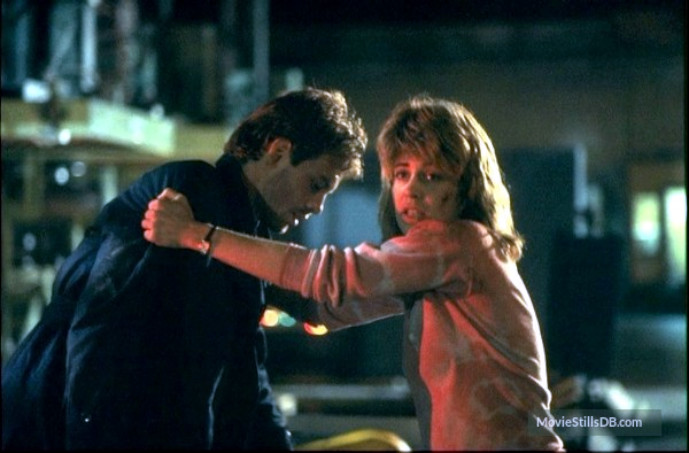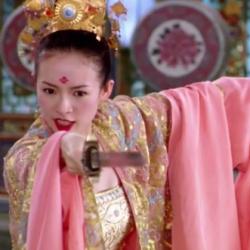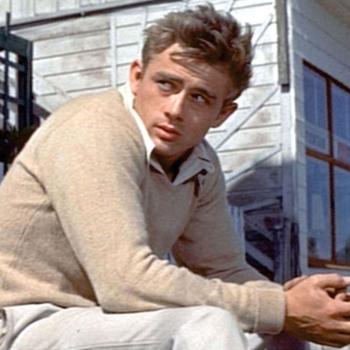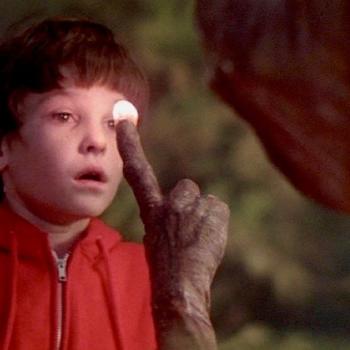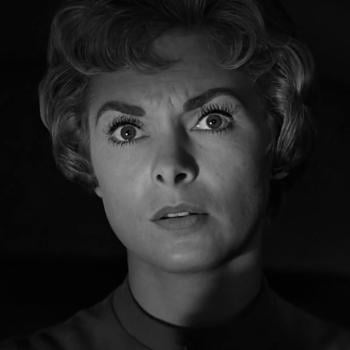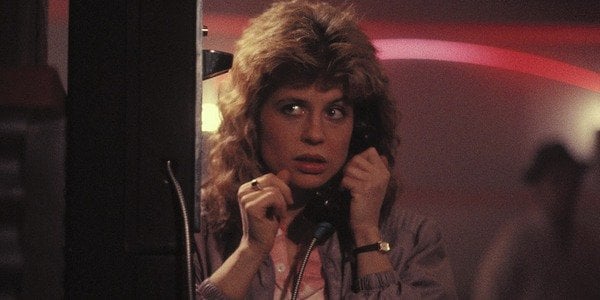
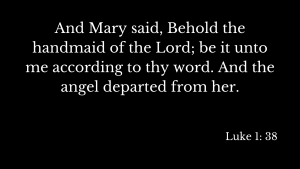
The term “Madonna” has been used to designate art depicting Mary, the mother of Christ. One of the most central modes of religious art, Madonna statues and paintings have appeared throughout the centuries depicting Mother Mary usually with her infant son. Some of the most famous Madonna works of art have come from Leonardo Da Vinci, Raphael, and Filippo Lippi. One of the more fascinating representations came in 1984 from James Cameron.
Though not a literal reinterpretation of Mary’s story, the 1984 film, The Terminator, bears striking resemblance to the biblical account of the Virgin Mary. Our heroine, Sarah Connor, is not a young girl living in ancient Israel but a minimum wage waitress in 1984 San Francisco. But lo, the angelic Kyle Reese doth come to proclaim that she shall give birth to the savior of the world, the man who will grow up to lead the rebellion against the machines. Incidentally, her son’s initials are JC.
I’m especially fascinated with Sarah Conner because pop culture abounds with allegorical representations of figures like God the Father (e.g. Mufasa in The Lion King) or Jesus Christ (e.g. the titular character in Cool Hand Luke). There aren’t nearly as many for Mother Mary. This is a shame because Mary is the rare biblical heroine. Much like how there’s a dearth of representation of women in film, there aren’t a lot of female “celebrities” within Christian lore.
The added bonus of imagining religious icons in fictional narratives is the ability to assign them character traits and character arcs. Suggesting that Jesus had a “character arc” implies that he had character flaws which opens up all sorts of doors. When you’re playing with a fictionalized shadow, there’s a decreased pressure to paint a perfect portrait, and with it an ability to humanize said figure.
The bible recounts that Mary accepted her angelic call without hesitancy (Luke 1:38 “And Mary said, Behold the handmaid of the Lord…”), but one wonders if Mary had a moment where she doubted herself. Perhaps there was a moment where, like Sarah, Mary vented toward her heavenly messenger,
“Do I look like the mother of the future? I mean am I tough, organized? I can’t even balance my checkbook! I didn’t ask for this honor and I don’t want it! Any of it!”
Sarah grows from a minimum-wage waitress helpless to exert any influence in her life (she can’t even stop that one kid from dumping his ice cream down her dress) to a fighter who can thwart not only the cyborg sent to terminate her but any storm that comes her way. Even as she evolves into a warrior, Sarah never sheds her kindness or respect for life (though she does have a bit of a meltdown in the sequel where she nearly kills an innocent man in front of his wife and kid), but through her ordeal with Kyle and The Terminator, Sarah acquires a self-confidence and assurance that enables her to become the heroine she needs to be.
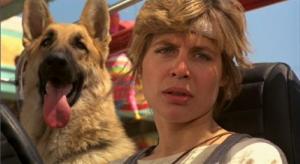
There’s even kind of a Luke 2:51 (“… but his mother kept all these sayings in her heart”) moment at the end when we see Sarah internalizing her renewed sense of purpose.
Admittedly, there is something unusual about imagining The Madonna herself as an action hero. To Mother Mary we usually assign traits like humility or gentleness. Ferocity? Marksmanship? Not as much. Much of the complex inner life of such religious figures is unknown to us. Just so, it’s in the speculation, the acknowledgement of the existence of a complex inner life that we start to see them as whole beings. And it’s there that we start to ask ourselves how we can overcome our own obstacles–defeat our own Terminators–to fulfill our divine destiny.
